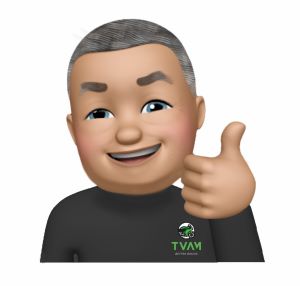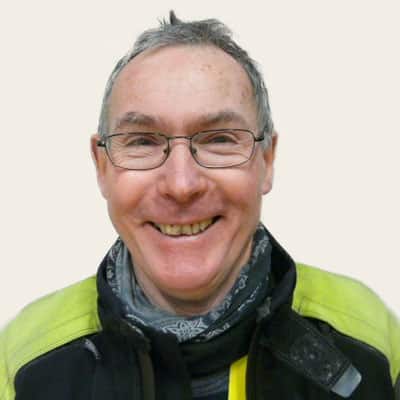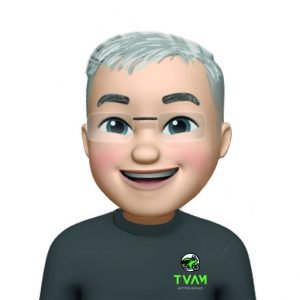As an Associate, you will have heard your Observer say ‘ride for yourself’ on many occasions and always before you have an observed ride or take part in a social ride. It forms a fundamental part of what we do as an advanced rider. It basically means look after yourself and take opportunities for you, not for anyone else.
Many of you will know that I spend a lot of time following Associates as a TVAM Observer. I also spend considerable time following Direct Access Students as a DVSA Approved Instructor, as well as leading social rides for the Club, and I like to think that my riding standard is reasonably high. I therefore take the ‘ride for yourself’ message to mean just that, ride for myself and enjoy the ride. This message came back to me a few weeks ago when I was leading a full day’s ride with a really good group of TVAM friends.
We were doing a long day’s riding and I had split the day up into six stages. On the first stage another Observer, a really good friend of mine who I respect immensely, happened to mention that some of my lines in bends were a little unconventional. I had to admit that one or two were not up to my usual standard. After the first stop we set off again and suddenly I found myself thinking about every bend. Worse, I found myself over thinking every bend and things very soon started to go downhill. My standard of riding was now, in my opinion, awful and when we found a few showers and then a prolonged period of rain I just started to get angry with my riding. This, as you can imagine didn’t help at all and the coffee stop couldn’t come soon enough. Luckily the small group of friends could see my own displeasure and they left me alone for a few minutes to calm down.
Now when I say I was riding badly, I mean that I was not happy with my riding style. I certainly was not dangerous, however I was not as smooth as I usually am. That was enough for me to want to do something to change.
The third stage to lunch was an improvement, although I was still having to think my way through the bends so, after lunch I decided to hand over the leading of the ride to another rider. This was easy as we all had the routes and it gave me an opportunity to sit at the back and just focus on my own riding and get back to enjoying the ride again. This simple change worked brilliantly and during the fifth stage I asked a couple of other riders to sit behind me and give me feedback on what they saw.
By the final stage I was back in front and back to my old self. This is where all the training pays off. With a little nudge from my friends, I was able to recognise that I wasn’t riding as well as usual and with the support of those same friends I was able to do something about it.
I guess the moral of this story is that we need to realise when things are not going as well as they could be and do something about it. I reached out to my peer group and they responded in a supportive manner. TVAM is such a supportive group, we should never be embarrassed to say if we have an issue and ask our friends to give us support and feedback.
This brings me nicely onto a couple of things that I’d like you all to think about – riding standard and incident reporting.
Unfortunately, over the last couple of months, we have had two or three reported instances of poor riding on social rides. This has resulted in members almost leaving the Club and this should never happen. Chris, our Chief Observer, has put a note out to team leaders on groups.io and I’d just like to reiterate that no one should ever feel pressured to ride above the speed limit or indeed their own limits. Social runs should be enjoyable for all, and all levels should be welcomed and included. The marker system allows for a mix of abilities in a ride so there should never be a reason to ride beyond your capabilities to keep up with the rider in front.
We should also feel able to discuss any issues with the run leader and issues should be reported to the Club. There is no such thing as a perfect ride so if you make a mistake then apologise.
TVAM collects data on incidents and these can be reported by the run leader in their social ride report, which must be completed after every TVAM social ride. They can also be reported by using the incident report form. Both forms can be found on the website, under ‘Forms’, at the bottom of each page. The data is kept to enable us to learn and not to name and shame anyone.
That’s enough from me. I hope that you enjoy this month’s edition of Slipstream and are still out enjoying this excellent weather we’re currently experiencing.
Have fun and stay safe everyone.
Barrie Smith
Chairman




